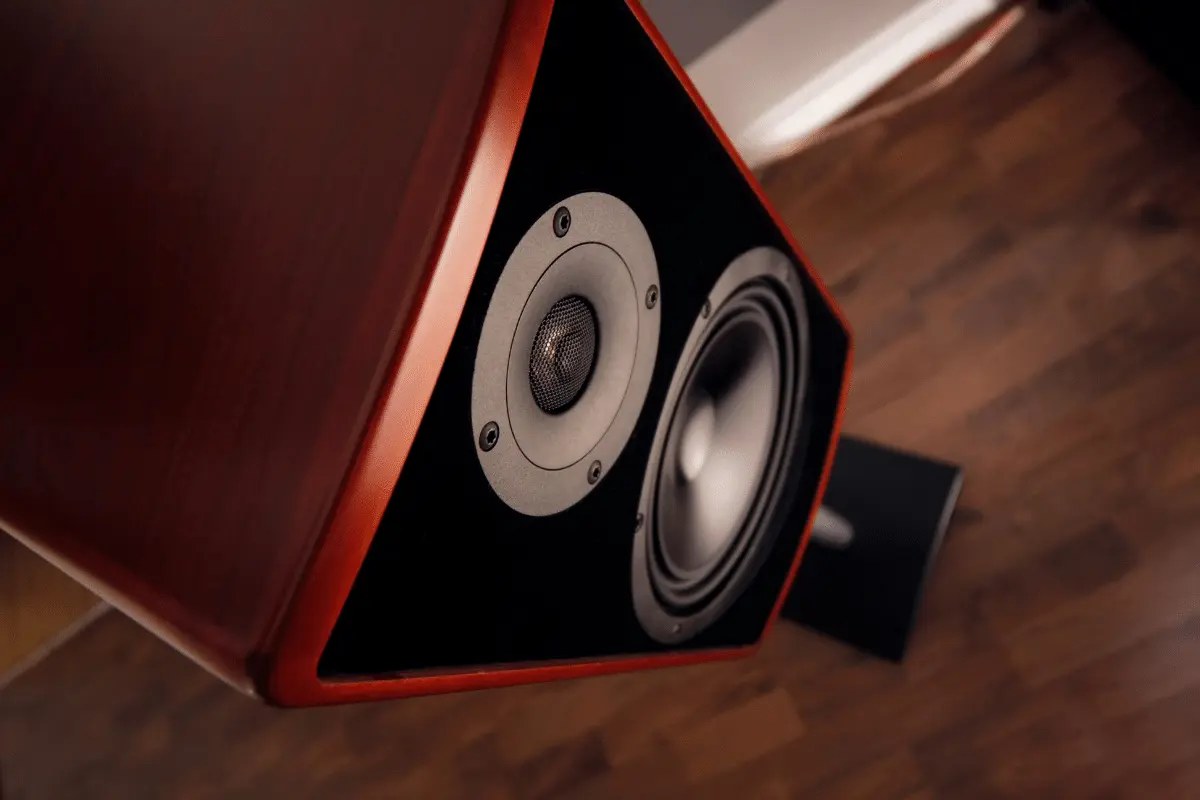Do you have a pair of headphones and you’re not sure if they are balanced? Are you looking to get the most out of your listening experience?
If so, then this blog post is for you! We will explore what it means for headphones to be balanced, how to tell if yours are, and how to maximize their sound quality.

What are Balanced Headphones?
Balanced headphones are headphones that use a three-wire setup to provide a balanced signal.
This setup involves a single ground wire and two separate signal wires. These signal wires are each connected to an audio source, and the two signals are equal and opposite.
This provides more consistent sound quality and reduces interference from outside sources.
The balanced signal is also more resistant to noise as it is more immune to electromagnetic interference. This makes them ideal for studio and live performances where sound quality is paramount.
What is an XLR Cable?
XLR cables are a type of cable used in audio applications that is capable of sending balanced audio signals up to 200 feet.
These cables feature either three or four-pin tips and are commonly used to connect balanced headphone cables to a headphone amplifier.
It is important to note that the XLR connector must be terminated in an XLR plug termination in order for it to work properly with a headphone amp. XLR cables are often used in professional applications due to their ability to send audio signals over longer cable runs than those seen in home audio setups.
Identifying whether or not a cable is balanced can be done simply by examining the type of connector used, such as an XLR or TRS connector.
What is a TRS Cable?
A TRS cable, also known as a Tip, Ring, Sleeve cable, is a type of unbalanced audio cable that is commonly used for connecting headphones to devices.
It has three contact points: tip (T), ring (R), and sleeve (S). The Tip and Ring carry mono audio signals with the Sleeve functioning as Ground.
TRS cables can be used for mono, balanced signals as well as stereo signals, making them ideal for headphones that require stereo signals or those that need balanced audio.
However, it is important to note that putting a stereo signal through a TRS cable is never balanced.
By understanding the difference between a TRS and an XLR cable, you can better identify if your headphones are balanced or unbalanced.
How to Identify Balanced vs Unbalanced Headphones
It is possible to identify whether headphones are balanced or unbalanced by looking at the cable and connectors.
Balanced headphones use a three-wire setup with two audio conductors for each channel, while unbalanced headphones use a two-wire setup.
The most common type of connector used for balanced headphones is an XLR cable, which has three pins in its connector.
Another type of connector used for balanced headphones is a TRS cable, which has three rings on its connector.
If the cable and connector have fewer than three pins or rings, it is most likely an unbalanced connection.
It is also possible to test headphone balance by using a multimeter to measure the resistance between each conductor in the cable.
If the resistance is not equal between each conductor, then the headphones are unbalanced.
Troubleshooting Headphone Balance Issues
If you’re experiencing audio balance issues with your headphones, there are a few steps you can take to try and troubleshoot the issue.
Firstly, check the cables you are using to connect your headphones to your device. Make sure that they are the correct type of cable for your headphones and that they are firmly connected.
If you are using an XLR cable, ensure that it is correctly wired in order to maintain balanced audio. If you are using a TRS cable, make sure the connections between the cable and the device are secure.
If your cables seem to be fine and you’re still experiencing balance issues, then it could be due to a fault with the drivers in your headphones themselves.
If this is the case, then it’s best to contact the manufacturer of your headphones or take them to a reputable repair shop for further investigation.
How to Test Headphone Balance
Testing the balance of headphones is an important step in ensuring that you are getting the best sound quality possible.
The quickest and easiest way to test headphone balance is to simply flip the headphones around, putting the right speaker on the left ear and vice versa.
If the sound is still off balance or uneven, then it is likely that your headphones are not balanced. Another option is to use a balanced headphone amplifier with an XLR plug, as well as a headphone cable that terminates in an XLR plug.
If your sweep stays at your hearing threshold when it plays, then your headphones are balanced for your ears.
Finally, you can open up the Control Panel on your computer and adjust the headphone balance settings if needed.
All of these methods can help ensure that you have balanced headphones for optimal sound quality.





Leave a Reply
You must be logged in to post a comment.